|
 |
|
|
|
|
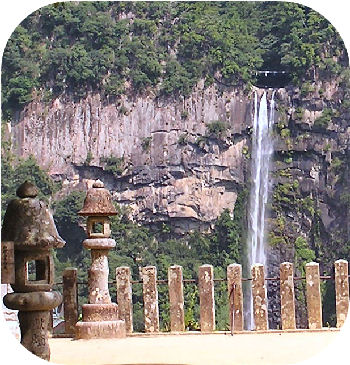 |
|
| 7. Mount Nachi |
|
Wikipedia says about "Nachii-san" (Nachi Mountain = Mount Nachi),
as folows.
Nachi-san (Nachi Mountain, we call it Nachii-san in the dialect) is a general
term of mountains rising all over the Nachi-Katsuura area in Wakayama Pref.,
like Ohkumotori-san, Eboshi-san, Hikariga-mine, Myoho-zan, etc., from north
to south.
Surrounded by these mountains this area is blessed by the nature of forests
and water falls. Nachi Primeval Forest (a natural monument) and Nachi Falls
are well known.
For local people around this area like myself, on the other hand, "Nachii-san"
is rather a general term of Nachi Falls, Nachi Grand Shrine and Seigantoji
Temple. Anyway we visited what I call Nachii-san.
|
|
I have to confess I was pure dead on the way up to Nachi Grand Shrine after
trekking Daimon Slope. Though the steps were steep and more than 200, I
would not have felt hard usually. I was obviously on the verge of heat
injury this time. I let Emiko rest in the restaurant below with several
members.
I found that fresh cool water was rushing past from a gutter halfway up
to the shrine. Thanks, gods!
Beyond all sense of shame I did everything I wished, dashing water on my
head by my cap, washing my naked body to the fullest,.......
It made me come to life, and at last I went up through the whole steps. |
|
| (1) Kumano Nachi Grand Shrine |
|
|
Kumano Nachi Taisha (Kumano Nachi Grand Shrine) is a Shinto shrine and part of the UNESCO-designated World Heritage Sacred
Sites and Pilgrimage Routes in the Kii Mountain Range of Japan. Nakahechi
Ancient Pilgrimage Route connects this shrine to other sites under the
same classification, which are primarily located in Wakayama Prefecture.
The four sites on the route, classified as pilgrimage destinations and
World Heritage Sites, are: 1) Nachi Grand Shrine; 2) Hongu Grand Shrine;
3) Hayatama Grand Shrine; 4) Mount Koya.
Nachi Grand Shrine is also one of the three sacred Kumano Sanzan shrines:
1) Nachi Grand Shrine; 2) Hongu Grand Shrine; 3) Hayatama Grand Shrine.
This classification is based mostly on Japanese history, as pilgrims would
travel to all three sites to complete their pilgrimage.
Nachi Grand Shrine is an example of Buddhist and Shinto syncretism nestled in the Kii Mountains, near Kii-Katsuura. Cedar forests surround the site. The Nachi Waterfall, worshipped as Hiryu Shrine, is believed to be inhabited by a god called Hiryu Gongen. Also, there is a sacred tree at this site.
|
| (Wikipedia) |
|
|
|
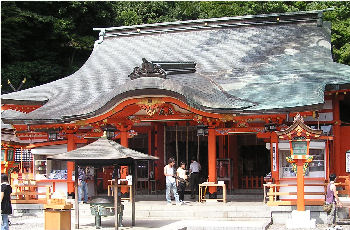 |
|
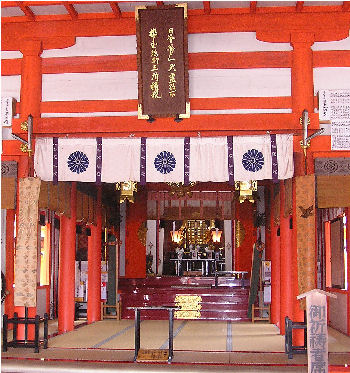 |
|
| Other pictures around Nachi Grand Shrine |
|
|
| (2) Seigantoji Temple |
|
Seigantoji is a Tendai Buddhist temple in Wakayama Pref.
In 2004, it was listed as a UNESCO World Heritage Site along with other
locations, under the name "Sacred Sites and Pilgrimage Routes in the
Kii Mountain Range". According to a legend, it was founded by the
priest Ragyo Shonin, a monk from India. The temple was purposely built
near Nachi Falls, where it may have previously been a site of nature worship.
Seigantoji is a part of the Kumano Sanzan shrine complex, and as such can
be considered one of the few shrine temples still in existence after the
forcible separation of Shinto and Buddhism operated by the Japanese government
during the Meiji restoration.
It is Saigoku Kannon Pilgrimage's No. 1 temple (first stop) and an "Important
Cultural Properties of Japan". |
| (Wikipedia) |
|
|
|
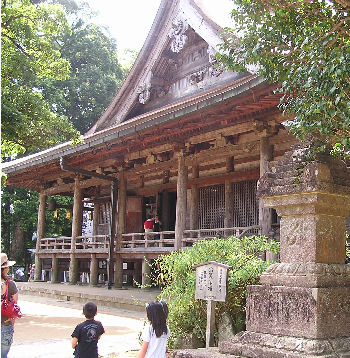 |
|
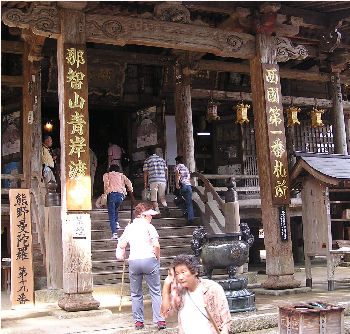 |
|
| Other pictures around Seigantoji Temple |
|
|
| The following may help you understand why the shrine and the temple get
together and friendly. |
|
| Honji Suijaku |
|
|
The term "honji suijaku" in Japanese religious terminology refers to a theory widely accepted until
Meiji period according to which Indian Buddhist deities choose to appear
in Japan as a native god in order to more easily convert and save the Japanese.
The theory states that some gods are in fact just local manifestations
(the suijaku, literally, a "trace") of Buddhist deities, (the honji, literally, "original ground"). The two entities form an indivisible whole called "gongen" and in theory should have equal standing, but in history this was not always the case.
In the early Nara period, for example, the honji was considered more important, and only later did the two come to be regarded as equals. During the late Kamakura period it was even proposed that the gods were the original deities, and the buddhas their manifestations.
|
| (Wikipedia) |
|
|
|
(3) The Three-storied Pagoda
of Seigantoji Temple |
|
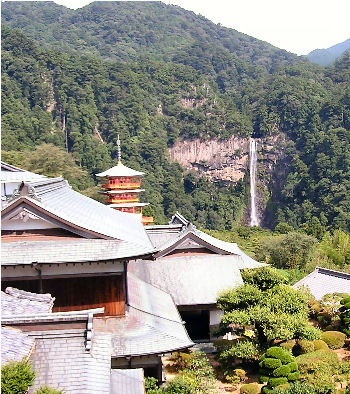 |
|
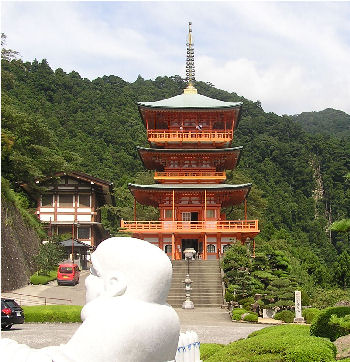 |
|
about Three-Storied Pagoda
of Seigantoji Temple |
|
Saint Ragyo, floated from India to the shore of Nachi in 4th cencury, found
the statue of Kannon (the Goddess of Mercy) in the basin of Nachi Falls,
and then he built the hut where the statue was niched. That is the origin
of the "Three-Storied Pagoda" here.
The pagoda was built 800 years ago at the end of Heian period, when Mount
Nachi was in the prime of time as a holy place.
It was burned out in 1581. The present one was rebuilt in 1972: reinforced
concrete, wooden outside, decorated by beautiful coffered ceilings and
wall paintings each stratum, 25 meters high. |
| (Pamphlet of Seigantoji Temple) |
|
|
|
|
| Other pictures at Three-Storied Pagoda |
|
|
| (4) Nachi Falls |
|
|
With a drop of 133 meters, Nachi Falls is often erroneously thought
to be the country's tallest. In fact, the tallest waterfall in Japan is
the Hannoki Falls, Toyama Pref., at 497 meters.
Believed to house a god called Hiryu Gongen worshipped at Kumano Nachi
Taisha, it is a part of the "Sacred Sites and Pilgrimage Routes in
the Kii Mountain Range" UNESCO World Heritage Site.
|
| (Wikipedia) |
|
|
|
I got back to the restaurant below to meet Emiko after visiting the shrine
and the temple. She had recovered her health thanks to the rest there.
All of us visited Nachi Falls together. After a commemorative photo, most
of the members went to the waterfall viewing platform.
As our couple knew about it well, we waited taking snapshots. |
|
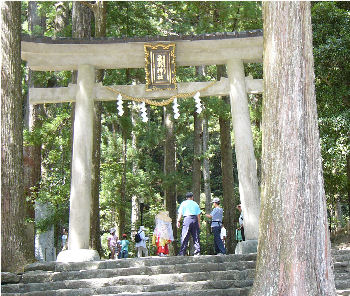 |
|
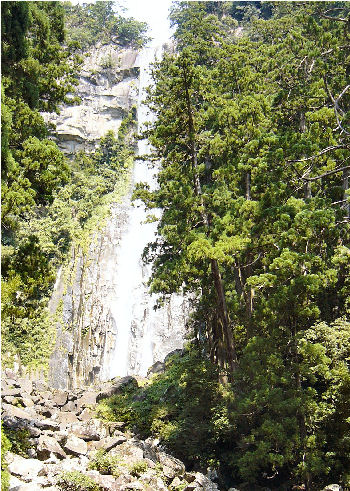 |
|
| Other pictures around Nachi Falls 1 2 |
|
It was probably in 1961 when I was 2nd grade in Hitotsubashi University that I invited Mr. Mori, a Tokyoite school friend, to Nanki-Kumano, my hometown.
I showed him Doro Gorge, Onigajo Castle, Shionomisaki Cape, and surely
Mount Nachi.
I swam in the basin of Nachi Falls in order to show my ability to the urban
guy.
Several years ago after a long absence, he sent me this picture he happened to take at that time, writing "Remember?". Certainly I was suprised and tremendously pleased.
Look at one of my treasures. What a difference of myself between the past
and the present!
Sorry to say, swimming in the basin is now prohibited. |
|
|
|
|
| Part 7 Reading: 12' 05" |
|
|
|
|
|
|
|
| Mail |
|
|
|